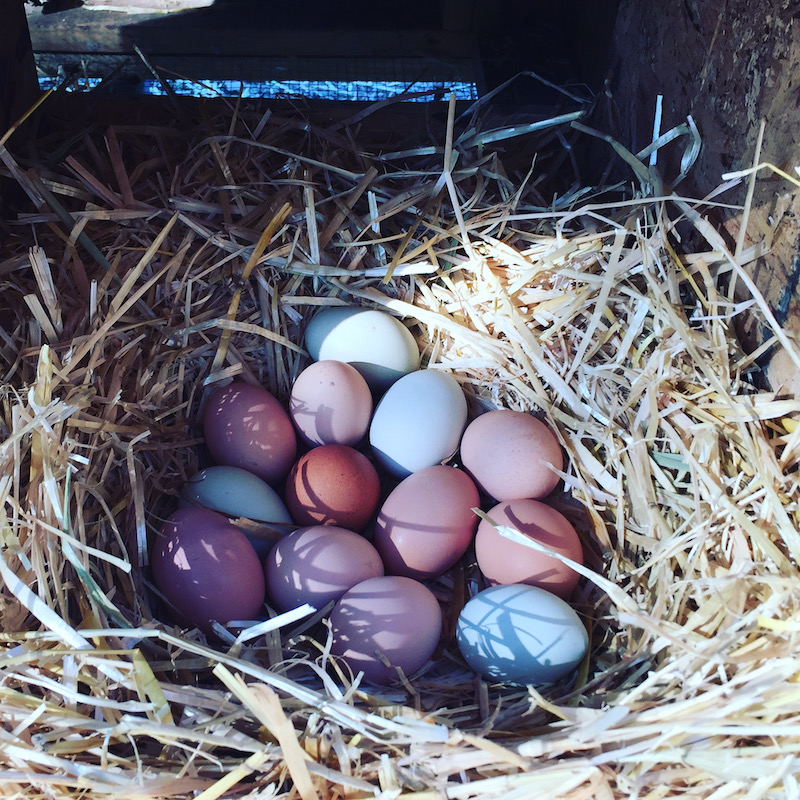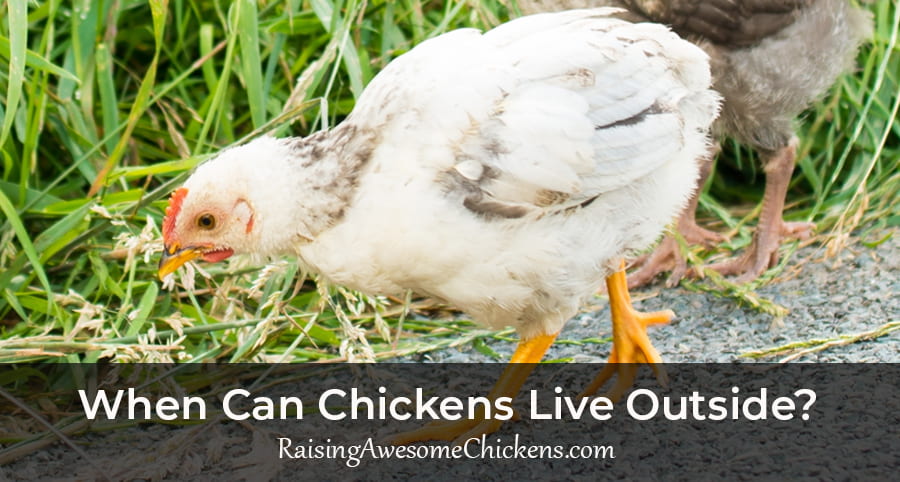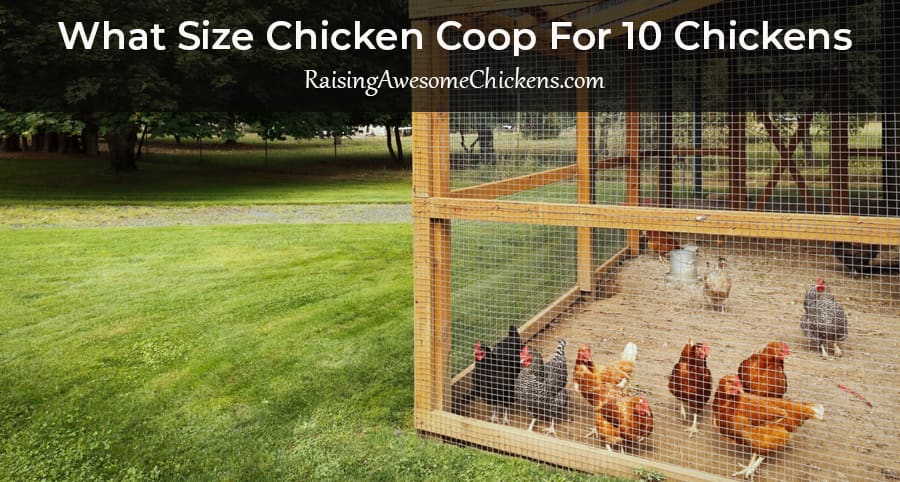Last Updated on February 19, 2024 by AwesomeChickens
Table of Contents
Introduction
Keeping chickens is a rewarding venture whether you’re a seasoned farmer or a backyard enthusiast. To ensure the well-being of your feathered friends, it’s essential to provide them with a safe and comfortable space. One crucial component of this is a chicken run. In this article, we will delve into what chicken runs are, their primary purposes, and explore the most cost-effective ways to acquire one.
What are Chicken Runs?
In simple terms, a chicken run is an enclosed outdoor space designed for chickens to roam freely while still being protected from predators. It extends the chicken coop, offering additional space for chickens to engage in natural behaviors like scratching, pecking, and dust bathing. Chicken runs come in various sizes and designs, catering to the specific needs and preferences of chicken owners.
Components of a Chicken Run
A typical chicken run consists of:
- Fencing: Chicken runs are enclosed with fencing to keep the chickens within a defined area and to protect them from predators. The type of fencing used depends on factors such as the local predator population and budget considerations.
- Roofing: Some chicken runs have a roof or covering to provide shade and protection from the elements. This is particularly important for areas with extreme weather conditions.
- Gate Access: Easy access is crucial for chicken keepers to enter the run for feeding, cleaning, and general maintenance. A well-designed chicken run includes a secure gate for convenient entry.
- Perches and Enrichment: To keep chickens mentally stimulated and physically active, adding perches, dust baths, and other enrichments within the run is beneficial.
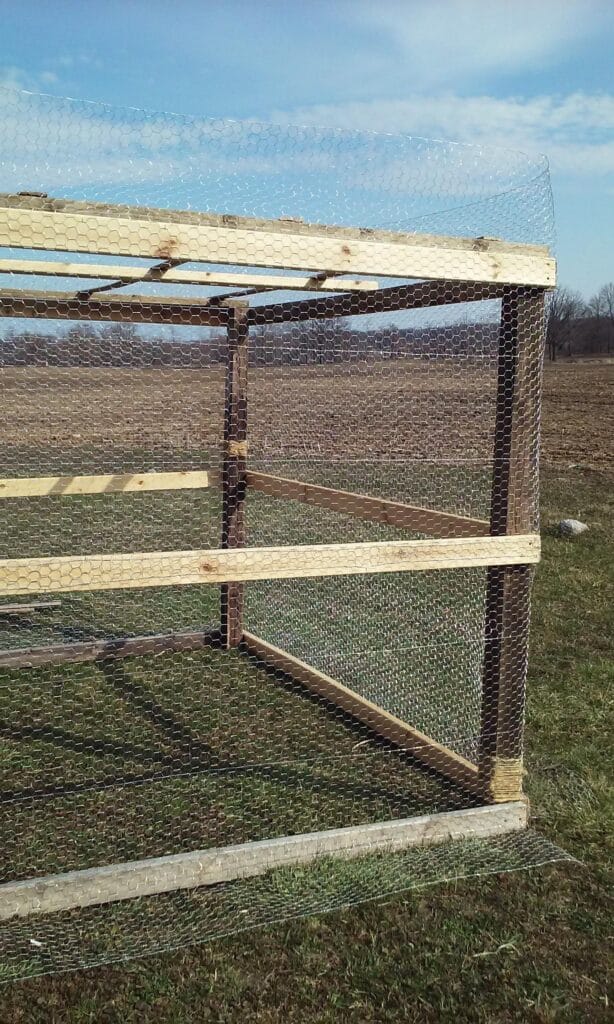
Purposes of Chicken Runs
Now that we understand the basic structure of a chicken run, let’s explore the primary purposes they serve in the context of poultry keeping.
- Safety and Protection
The foremost purpose of a chicken run is to provide a safe and secure environment for chickens. Chickens are vulnerable to various predators, including foxes, raccoons, and birds of prey. A well-constructed chicken run acts as a barrier, preventing predators from gaining access to the flock.
- Exercise and Natural Behaviors
Chickens, like any living creature, need exercise and mental stimulation. A chicken run allows them to stretch their wings, forage for insects and plants, and engage in natural behaviors. This not only contributes to their physical health but also promotes overall well-being.
- Preventing Overcrowding
Overcrowding in a chicken coop can lead to stress, aggression, and health issues among the flock. A chicken run provides additional space, reducing the risk of overcrowding and improving the social dynamics within the group.
- Grazing and Foraging
Allowing chickens access to a run with grass and vegetation enables them to graze and forage. This supplements their diet and contributes to healthier eggs with a richer yolk color due to the intake of natural pigments from plants.
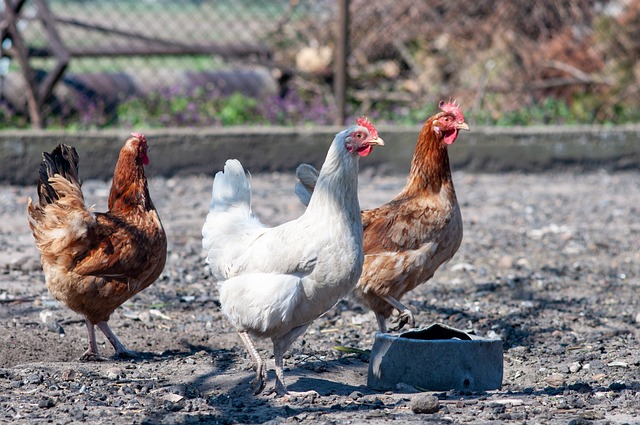
The Most Cost-Effective Ways to Get a Chicken Run
Now that we appreciate the importance of chicken runs let’s explore some cost-effective ways to acquire one for your feathered companions.
DIY Chicken Run
Building your chicken run can be a rewarding and cost-effective option. Using basic carpentry skills and readily available materials, you can customize the size and design to suit your needs. Here’s a step-by-step guide to building a simple DIY chicken run:
Step 1: Planning
Determine the run size based on the number of chickens you have and the available space. Sketch a basic design, including the placement of the gate and any additional features like perches or dust baths.
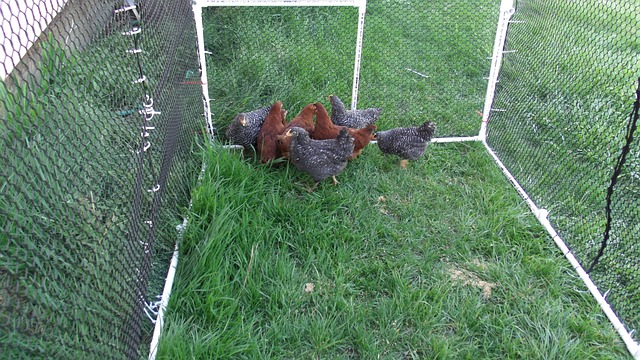
Step 2: Gather Materials
Collect materials such as lumber for framing, chicken wire or hardware cloth for fencing, and roofing material if needed. Ensure that all materials are safe for chickens and resistant to weather conditions.
Step 3: Frame Construction
Build the frame of the chicken run using the lumber. This includes vertical posts at each corner and horizontal beams for stability. The frame will serve as the skeleton for attaching fencing.
Step 4: Fencing
Attach the chicken wire or hardware cloth to the frame, ensuring that it is securely fastened. Bury the fencing a few inches into the ground to prevent predators from digging underneath.
Step 5: Roofing (Optional)
If desired, add a roof to the chicken run for protection against rain and sun. This can be a simple slanted roof made from plywood or other weather-resistant materials.
Step 6: Gate Installation
Install a secure gate for easy access. Ensure that the gate is predator-proof and closes tightly.
Step 7: Enrichment
Enhance the chicken run with perches, dust baths, and other enrichments to create a stimulating environment for your chickens.
Pre-Fabricated Chicken Runs
Pre-fabricated chicken runs offer a convenient solution for those with limited time or carpentry skills. These come in various sizes and designs, with easy assembly instructions. While they may cost more than a DIY option, they save time and effort. When choosing a pre-fabricated chicken run, consider the following:
- Size: Ensure the dimensions suit your flock size and available space.
- Material Quality: Check that the materials used are durable and safe for chickens.
- Ease of Assembly: Look for a model with straightforward assembly instructions and minimal tools required.
- Additional Features: Some pre-fabricated runs have built-in features like roosts or covered areas. Evaluate these based on your chickens’ needs.
Repurposed Structures
Another cost-effective option is repurposing existing structures for use as chicken runs. This could include converting an old shed, a dog kennel, or even a section of a greenhouse. While this option may require some modifications, it can be a sustainable and budget-friendly option.
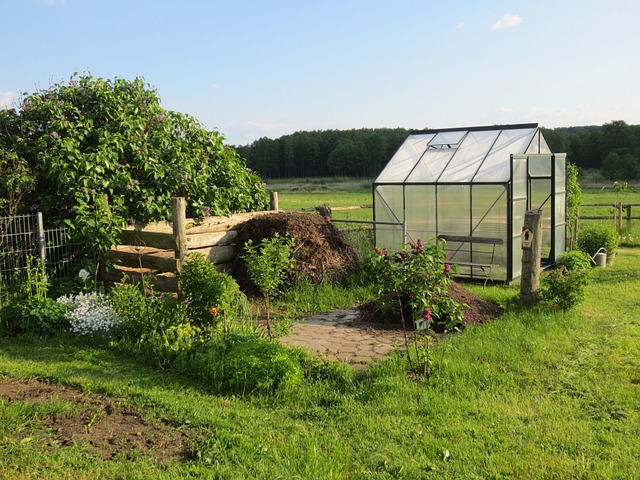
Tips for Repurposing Structures:
- Ensure Ventilation: Adequate ventilation is crucial for the health of your chickens. Modify the structure to include proper ventilation openings.
- Secure Flooring: If the existing structure has a solid floor, consider adding a layer of straw or wood shavings for comfort.
- Predator-Proofing: Examine the structure for potential entry points and reinforce them to prevent predator access.
Community or Online Sales
Keep an eye on local community boards, classified ads, or online marketplaces for second-hand chicken runs. Many chicken keepers may upgrade or change their setups, offering well-maintained runs at a fraction of the cost. When purchasing second-hand, ensure that the structure is in good condition and meets the needs of your chickens.
Conclusion
In conclusion, a chicken run is an integral part of responsible chicken keeping, providing safety, exercise, and enrichment for your feathered friends. Whether you opt for a DIY project, a pre-fabricated solution, repurposing structures, or exploring second-hand options, the key is to create a secure and comfortable space that aligns with the needs of your flock. By understanding the purposes of chicken runs and exploring cost-effective ways to acquire them, you can enhance the well-being of your chickens while maintaining a budget-friendly approach to poultry keeping.





